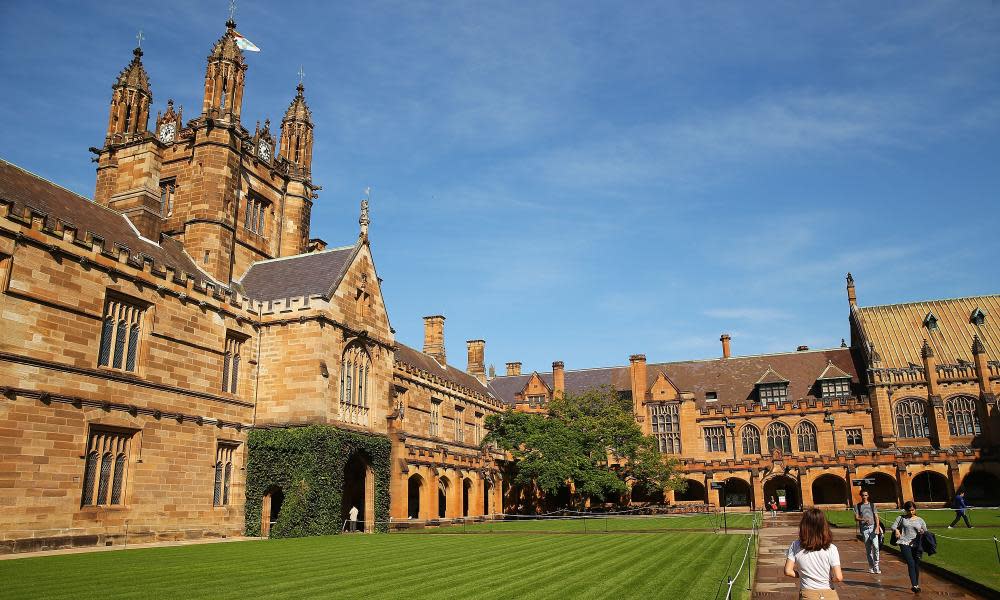Labor pledges inquiry into universities and Tafe sector

Labor will conduct a major review of tertiary education if elected and “wants prospective students to see Tafe and uni as equally attractive study options”.
The party’s education spokeswoman Tanya Plibersek will make the announcement at a Tafe in Melbourne on Friday in a bid to “make sure Australians have access to the best post-secondary opportunities in the world”.
“This will be the first time a national inquiry has put Tafe and unis on an equal footing,” she said ahead of the announcement.
In October the head of the Business Council, Jennifer Westacott, called for a major overhaul of student loans and government subsidies which she said distort the choice between vocational education and university.
She argued that a cultural bias and larger subsidies for university courses led people away from vocational education even if they were “better suited” to it, which was not in their interest nor the national interest.
Plibersek’s comments about treating Tafe and uni as “equally attractive options” suggest Labor has a similar rebalancing in mind.
“Tafe specialises in skills [and] unis are our research powerhouses - and we see many examples of excellence from both,” she said.
Plibersek said there is “much more that can be done” to capitalise on their strengths, such as greater cooperation between Tafe and universities, and continuing to increase participation in tertiary education.
According to the Department of Employment, 990,000 jobs are expected to be created by 2020, but 920,000 of those will require some form of tertiary education.
The department projects about 480,000 jobs will require degree or higher qualifications, while about 437,000 will require certificate, diploma and advanced diploma level qualifications.
In December the Turnbull government imposed a two-year freeze on commonwealth grants for universities, effectively ending the demand-driven system because universities have no incentive to enrol more students when payments are capped.
The universities sector has estimated the changes leave 9,500 university places unfunded in 2018.
Plibersek claimed the number of Australians going to university had increased because Labor uncapped places but participation was uneven, with Indigenous students and students from regional areas under-represented.
“The fact Malcolm Turnbull has effectively abandoned the demand-driven system shows he doesn’t care about fixing this,” she said.
“Tafe and vocational education is in crisis. The number of students attending Tafe has collapsed due to funding cuts and unhealthy competition from private providers accessing government subsidies.”
The Nick Xenophon Team’s education spokeswoman, Rebekha Sharkie, has repeatedly called for a review of tertiary education while opposing Coalition cuts to universities.
Labor aims to conduct the review within 100 days if elected and will draw up terms of reference in consultation with the vocational education and training sector, university sector, unions, and business.
“This sweeping inquiry is long overdue,” Plibersek said. “No Australian government in history has ever looked at vocational education and unis as a whole like this.”
In the 2017 budget the Coalition announced a $1.5bn skills fund, paid for by visa fees, to replace existing agreements with state governments to pay for vocational education.
Freezing commonwealth grants to universities and changes to the student loan repayment threshold will save the budget $2.2bn.
The education minister, Simon Birmingham, has said that despite the savings measures, the government’s direct funding to universities for teaching, learning and research would still grow by 8% from $10.7bn in 2017 to $11.5bn in 2021.
Taxpayer-backed student loans paid to universities will grow from $6.4bn to $7.4bn, meaning universities would have a total funding increase of 11%, if they maintain their current enrolment patterns, he said.

 Yahoo News
Yahoo News 
